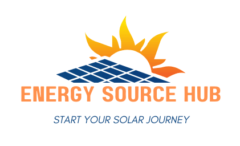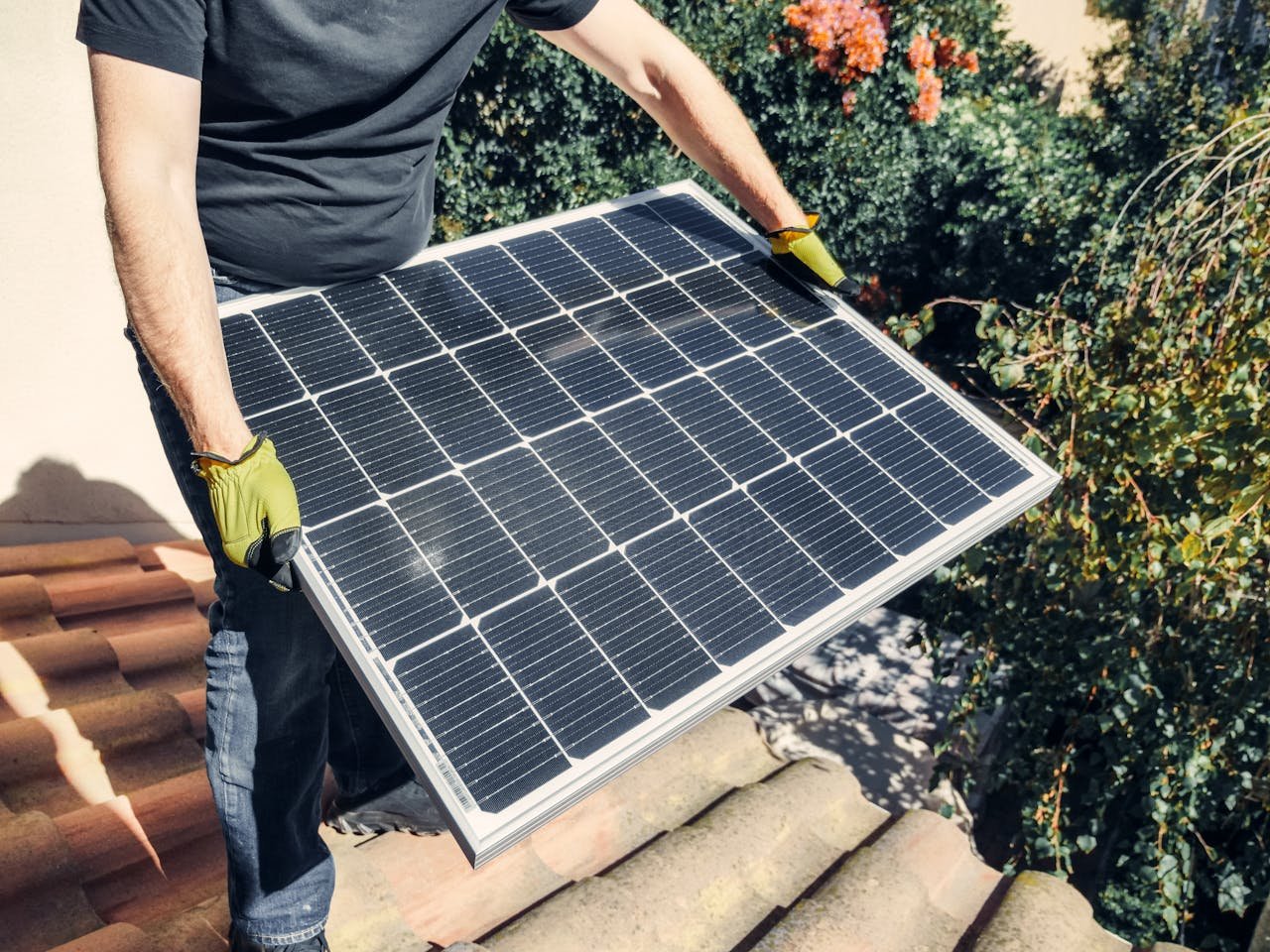Living in Chandler, AZ, has its perks—plenty of sunshine being one of the best. If you’re a homeowner here, you’ve probably thought about or already got solar panels. But just having them isn’t enough. To really make the most of your solar setup, you need to optimize it. Here are some practical tips and tricks to ensure you’re getting the most bang for your buck with your solar system in Chandler, AZ.
| Category | Tips |
|---|---|
| Panel Selection | Choose high-efficiency panels, consider monocrystalline options. |
| Installation | Optimize panel angle and orientation, ensure no shading. |
| Maintenance | Regularly clean panels, check for damage, and monitor system performance. |
| Energy Usage | Use energy during peak sunlight hours, invest in energy-efficient appliances. |
| Incentives & Rebates | Take advantage of federal and state incentives, explore local rebates. |
| Battery Storage | Consider battery storage to store excess energy for use during non-sunny periods. |
| Professional Services | Hire certified installers, schedule regular professional maintenance. |
Understanding Solar Efficiency
Before we dive into the details, let’s talk about what it means for your solar panels to work efficiently. Simply put, it’s about how well they turn sunlight into electricity you can actually use. The better they do this, the more power you get from the same amount of sun. This is super important in a place like Chandler, where we get plenty of sunshine almost all year round.
Pick the Right Solar Panels
Not all solar panels are the same. To get the most out of them, you need to choose wisely. Here’s a quick rundown:
- Monocrystalline Panels: These are top-notch in efficiency and performance but come with a higher price tag. Worth it if you want the best.
- Polycrystalline Panels: A bit less efficient but more budget-friendly. A solid middle-ground choice.
- Thin-Film Panels: Least efficient but super flexible and lightweight. Good for specific uses but not if you’re after max efficiency.
Think about the long-term electricity output, not just the initial cost.
Best Panel Placement
Where you put your panels matters a lot. Here’s what to consider:
- South-Facing Panels: Aim them south to soak up the most sun all day.
- Tilt Angle: Match the tilt to your latitude (around 33 degrees) for year-round sunlight.
- Avoid Shade: Even a little shade can cut efficiency. Keep panels clear of trees, chimneys, and other obstructions.
Regular Cleaning and Maintenance
Dust and dirt can mess with your panels, especially in a desert environment. Keep them clean:
- Frequency: Clean every few months, more if it’s really dusty.
- Cleaning Method: Use a soft brush and hose. Skip harsh chemicals and pressure washers.
- Professional Maintenance: Get a pro to inspect and clean yearly to catch any issues early.
Monitor Your System’s Performance
Keep tabs on how your panels are doing:
- Daily and Monthly Output: Track electricity production. A sudden drop might mean trouble.
- Weather Adjustments: Less output on cloudy days is normal, but a big drop on a sunny day isn’t.
- Professional Check-Ups: Consistent drops in performance? Time to call a pro.
Invest in Solar Battery Storage
Store excess energy for use at night or during cloudy periods:
- Energy Independence: Less reliance on the grid, especially during peak hours.
- Backup Power: Keeps essentials running during outages.
- Maximize Savings: Use your own stored electricity to cut energy bills.
Take Advantage of Solar Incentives
Boost efficiency and ROI with these incentives:
- Federal Tax Credit: Cuts the cost of your system.
- State Incentives: Additional tax credits and property tax exemptions.
- Net Metering: Sell excess electricity back to the grid to lower costs.
Upgrade Your Inverter
The inverter converts DC to AC electricity. A high-efficiency inverter can boost overall performance:
- String Inverters vs. Microinverters: Microinverters optimize each panel individually, great for shaded areas.
- Energy Storage Compatibility: Ensure your inverter works with battery storage.
Timing Your Energy Use
Maximize solar power by timing your energy use:
- Use Appliances During Peak Sunlight: Run dishwashers, washing machines, and AC during the day.
- Smart Thermostats: Sync heating and cooling with solar production.
- Electric Vehicles: Charge during the day when panels are most productive.
Insulate and Weatherize Your Home
Make your home more energy-efficient to reduce overall electricity use:
- Insulation: Proper insulation keeps your home comfortable year-round.
- Sealing Gaps: Seal gaps around windows, doors, and ductwork to prevent air leaks.
- Energy-Efficient Windows: Upgrade to reduce energy use.
Educate Yourself and Stay Updated
Stay informed about solar technology and best practices:
- Read Up: Plenty of online resources to keep you updated.
- Join a Community: Share tips and learn from others in local or online solar communities.
- Consult Professionals: Reach out to your solar provider with any questions.
Conclusion
Getting the most out of your solar setup is all about making smart choices—from picking the right panels to keeping up with maintenance and timing your energy use. By following these tips, you can make sure your solar system is running at its best, saving you money, and helping the environment. Whether you’re just starting out with solar or you’ve been at it for a while, there’s always something you can do to boost your system’s efficiency and make the most of that sunshine.



